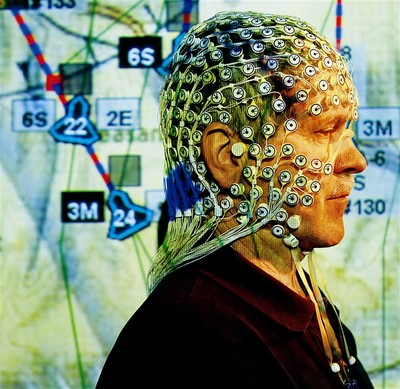Which is the best option for Cyprus actually, BUT then the banksters would be completely screwed and wiped out.
Also in the case of a default and devaluation investing in physical silver and gold would give you the best protection for your assets and their value.
Flashback:
– Venezuela Launches First Nuke In Currency Wars, Devalues Currency By 46%!
– Belarus Devalues Its Currency By 56% Overnight, Against Every Currency Out There:
Luckily for those who held their “money” in the form of gold and silver, they just got an instantaneous 56% value preservation and a relative boost in their purchasing power with just one central bank announcement.
– Belarus Central Bank Halts Sales Of Gold For Roubles
Got physical gold and silver (not stored in the banking system)?
– Daniel Hannan Urges Cyprus To “Default, Devalue, And Decouple” Itself Back To Growth (ZeroHedge, March 19, 2013):
“Either Cyprus is going to have to find the money to fund the bailout, or it’s going to have to leave the Euro – to default, devalue, and decouple,” is the cold hard truth that UK MEP Daniel Hannan explains in this brief clip. Neither of these paths, he goes on to say, is an easy one, but he believes “there is no doubt the second of them is the less painful – allowing Cyprus to price itself back into the market and start exporting its way back to growth again.”
There are no good outcomes for a country as indebted as Cyprus is, “but if I were a Cypriot member of Parliament, I would vote now to go back to an independent currency as the least painful of the various difficult options.” Hannan then makes a fantastic point, “in the rest of Europe, we have measured the cost of monetary union in unemployment, deflation, poverty, and emigration; in Cyprus that wasn’t enough, they have had to gouge the savers directly,” and so the Cypriots who claim to want to stay in the Euro can now quantify the cost of that shackle, as he reminds us that , “you don’t have to be a Russian oligarch to have EUR 100,000 in the bank,” as he concludes, “the really interesting question is – who’s next?”
Now that the precedent has been set (that governments can come after what is in your savings account) what country is safe?



